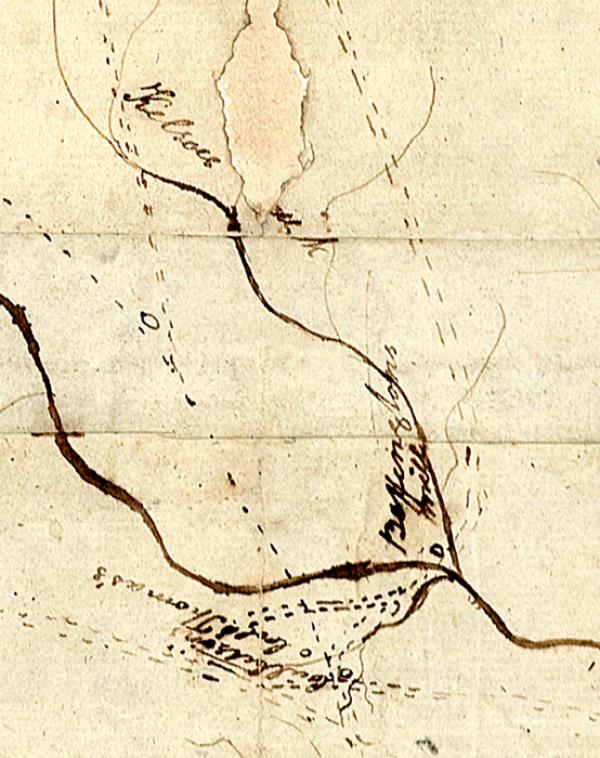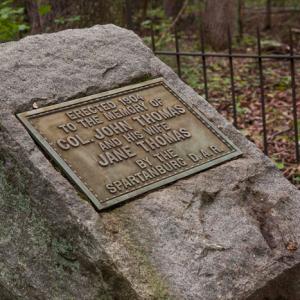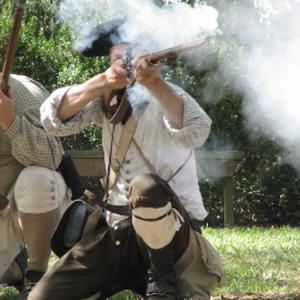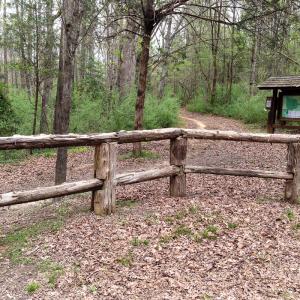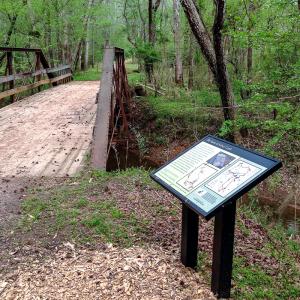Col. John Thomas and the Spartan Regiment
In the years prior to the American Revolution, John Thomas settled a tract of land near the junction of Kelsey and Fairforest Creeks a few miles south of the City of Spartanburg. Being a well-known and respected settler of the region, he was in a position to lead men during the Revolution, most of whom were settlers in the South Carolina backcountry. In 1775, as war loomed in all 13 American colonies, a South Carolina lowcountry planter named William Henry Drayton enlisted support for the independence movement in the backcountry settlements by contacting prominent men in the region and urging them to raise regiments of militia to fight against the British and their Loyalist allies. Although many of his efforts were frustrated, he found much support in the area that became Spartanburg including support from John Thomas.
On September 11, 1775, Thomas wrote a letter to Drayton informing him that he was willing and able to raise a militia regiment. He referred to the unit he was raising in that letter as the "Spartan Regiment." Prior to this letter the militia operating in this region of South Carolina had been known as the Upper Saluda District Militia. Col. Thomas changed the name, no doubt to distinguish it from the previous regiment, and named it after the famed army of ancient Sparta. The regiment was known as the Spartan Regiment throughout the war.
Early in the war, the Spartan Regiment took part in the fighting at Ninety Six, Great Cane Break, and the Snow Campaign. In 1776, when Native Americans on the frontier began attacking settlements in the region, the Spartan Regiment took part in expeditions organized against them. By 1777, the regiment was split. The 1st Spartan Regiment was commanded by Col. Thomas until his arrest and imprisonment by the British in 1780. His son, John Thomas, Jr., took command. Members of both the 1st and 2nd Spartan Regiments participated in nearly every major battle of the Southern Campaign beginning in 1779, including Savannah, Charleston, Cedar Spring, Musgrove's Mill, Kings Mountain, Cowpens, the Siege of Ninety Six, and Eutaw Springs.
After American independence was secured and the state began to officially organize its local governments in 1787, a tract of land was purchased in the center of the county from Thomas Williamson on which to build a courthouse. A town grew up around that courthouse. The town and county were named Spartanburg to honor the men of the regional regiment who fought to secure independence.
